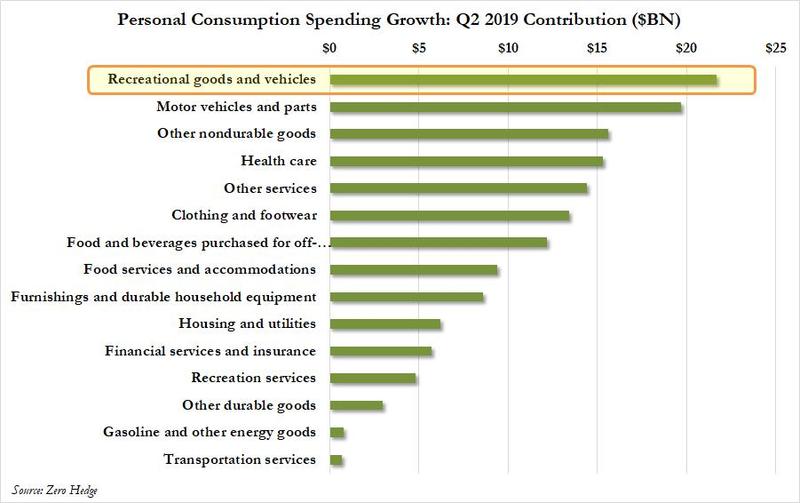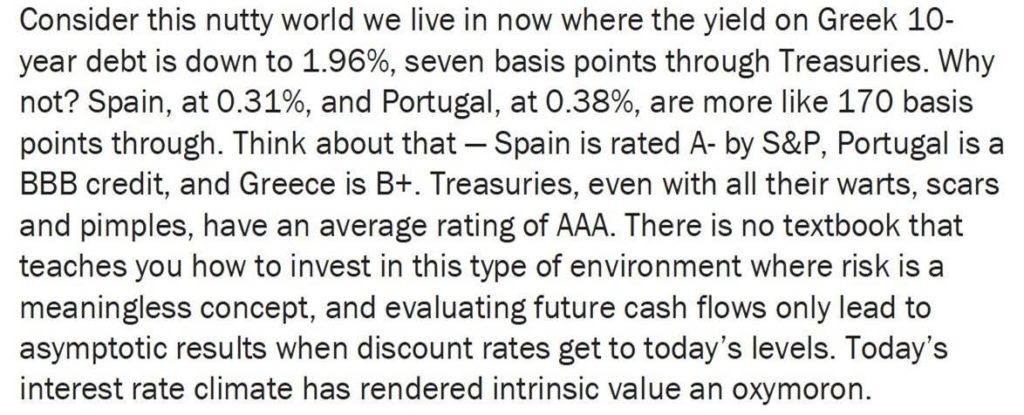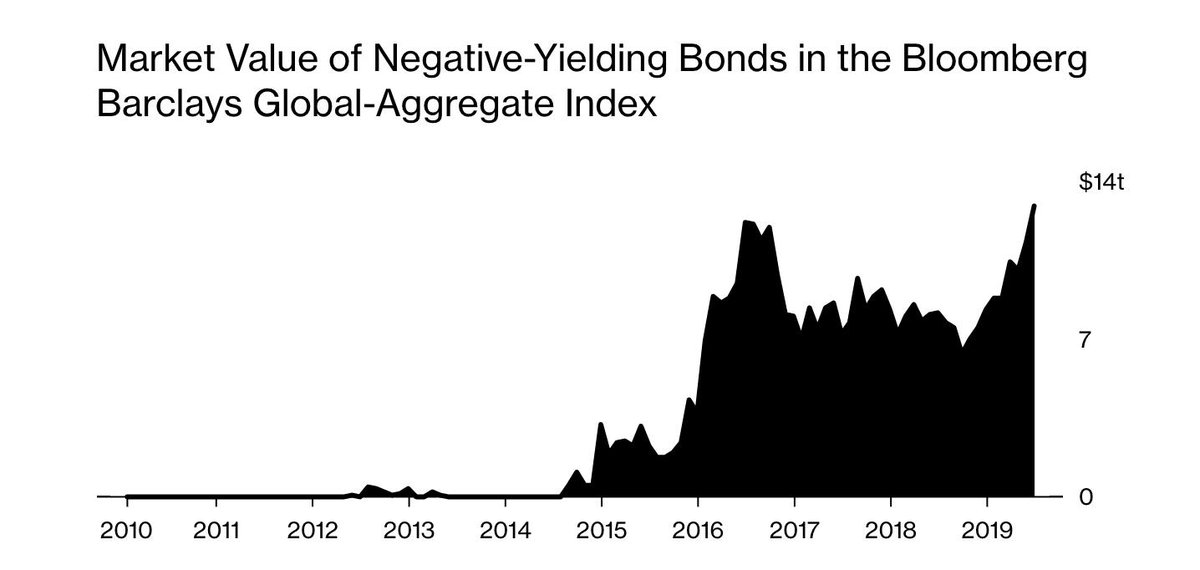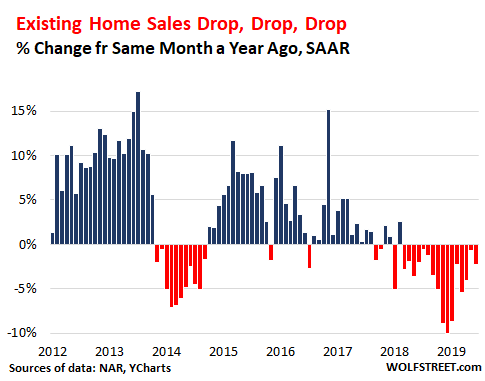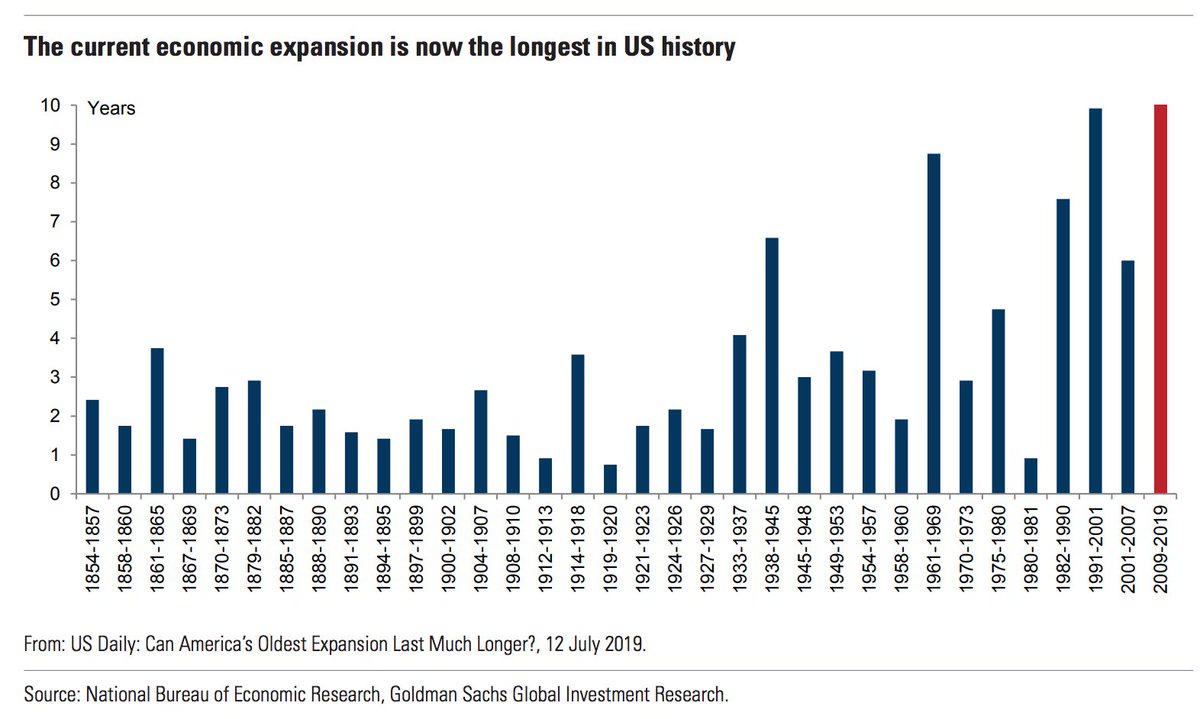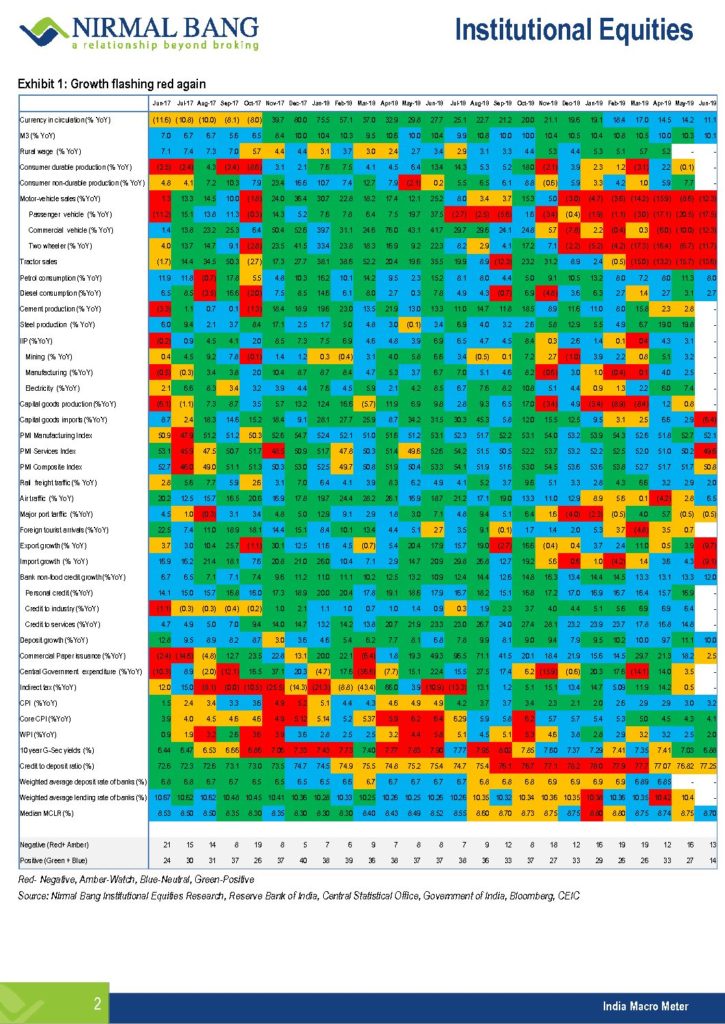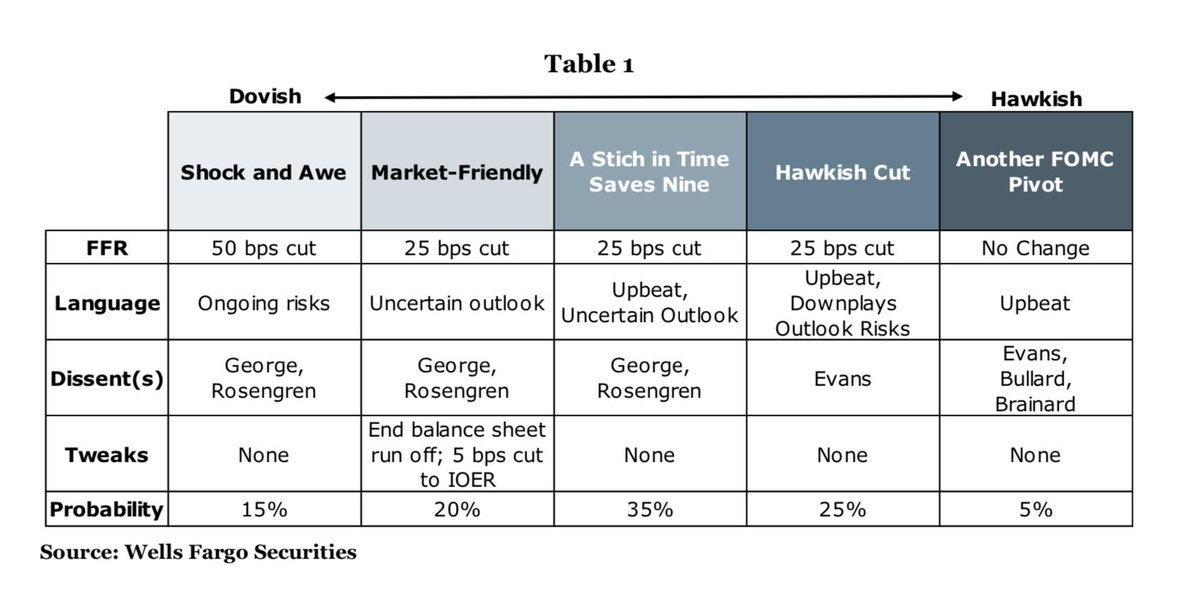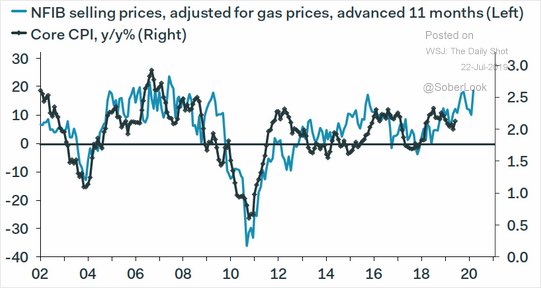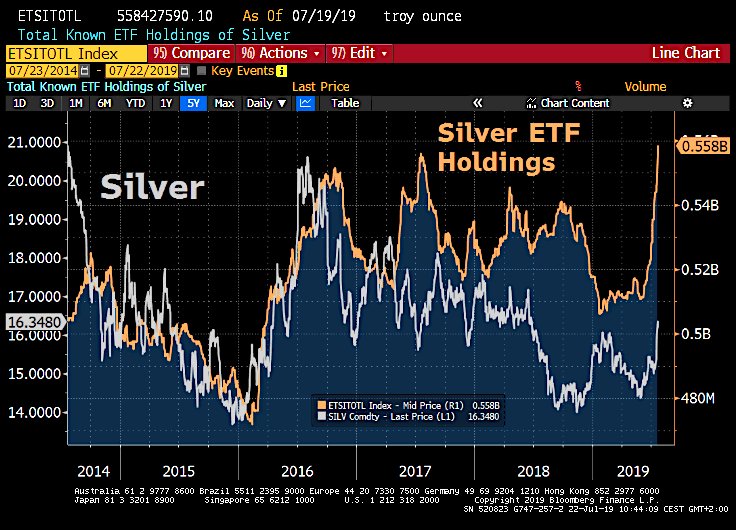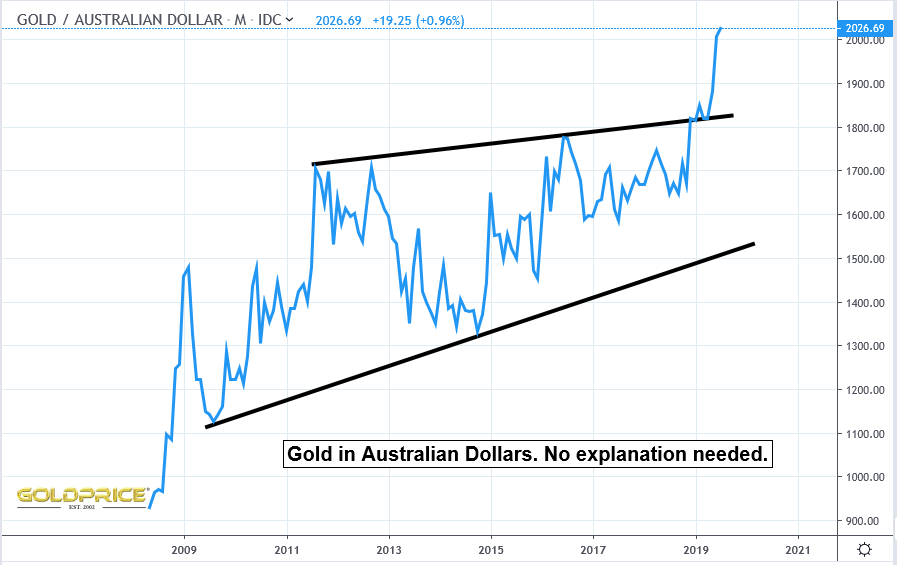By Akash Prakash | 30/07/2019
We have recently seen significant selling of Indian
equities by foreign portfolio investors. In July, the selling has touched
almost $2.5 billion, and is now seems to be accelerating. Consequently, India
has had a very tough year on a relative basis. While the markets globally are
hitting new highs, we are struggling to stay in positive territory. Indian
mid-caps and small-caps continue to get decimated — downdouble digits for the
year. In a ranking of the top 50 equity markets, in terms of performance
year-to-date, we are ranked 43rd. What is surprising is that we are doing
poorly despite what one would think is a very favourable backdrop.
The government that investors wanted has come back with a
much stronger-than-forecast mandate. Oil prices are stable, and seem to be in a
range: The top end of the range does not seem to be a level which will disrupt
our economy. The rupee is very stable, it has, in fact, appreciated post the
Lok Sabha election. Globally, liquidity is very easy and rates are declining
everywhere. We are on the verge of starting another round of central bank
easing, led by the US Federal Reserve and the European Central Bank. Amazingly,
nearly 25 per cent of all investment-grade paper globally (both corporate and
government combined) is now trading at negative yields. We are seeing bond
yields for Greece (till recently a basket case) decline to below equivalent US
treasuries. An odd environment!
With yields so low and falling, growth should be at a
premium. India has always been seen as the one economy offering long-term,
secular and sustainable growth. Demographics, low starting point, the catch-up
effect, etc. No one really doubts that India will be the fastest-growing major
economy over the coming decades and definitely grow faster than China. With
growth scarce, India should be bid up. Yet, despite the very favourable
backdrop, the Indian markets are struggling. Why?
There are many reasons, but according to me, these are
the most important ones.
There is total frustration with the lack of corporate
earnings growth. This has been the single-biggest disappointment in Indian
equities over the last eight years. Few people realise that back in 2008, the
share of corporate profits/GDP in India and the US was basically the same at
about 7 per cent. Today, these ratios are near 10 per cent in the US and just
over 2 per cent in India. There has been a total collapse in corporate
profitability in India. We have compounded earnings at less than 5 per cent
over the last eight years. There are various reasons for this earnings
recession. The corporate bank NPA clean up, higher taxes, technological
disruption, economic shocks, no private investment, an overvalued rupee, etc.
Be as it may, the fact remains that no one has been able to forecast the turn
in corporate profitability. No one can explain when and why earnings will
accelerate, beyond the obvious point that corporate profits cannot keep
dropping as a share of GDP. We are already at all-time lows. This has to bottom
out! Given the current weakness in the
economy, this will be another year of an earnings disappointment. The phase of
multiple expansion for our markets is over. Thus, despite bond yields dropping
by almost 100 basis points, the markets are still falling. It is unlikely that
the markets can resume a sustained uptrend in the absence of strong earnings
growth. Most investors, tired of waiting for the earnings inflexion, will now
only increase India allocations once earnings are delivered. On current
earnings, the markets are simply too expensive.
Illustration: Ajay Mohanty
Second, the economy is genuinely weak. I have not seen
corporate sentiment this bad for years. Investors hear a barrage of negative
news when they interact with companies. Animal spirits seem absent. Everyone
just talks of deleveraging and hoarding liquidity, and there is no interest in
setting up new capacity. Demand seems to have hit a wall. Non-banking financial
companies (NBFCs) are in survival mode. Many businesses have no access to
credit. Business confidence gets even
more shaken when states, like Andhra Pradesh, attempt to renegotiate signed
contracts. The government to its credit has tried to lower rates in the
economy, and thus boost consumption and investment. This will help, but in
addition to easing monetary policy, investors would have liked to see more
attempts to push the next generation reforms in land, labour and judiciary, and
make India an easier place to do business. The government, obviously, has an
economic game plan, to get us out of this funk. There has to be a better
articulation of the government’s economic philosophy, priorities and game-plan
for the next five years.
Third, there is also a perception that India may have
moved more to the Left in the economic policy than most investors expected. No
one can deny that we need to spend as much as possible in improving the basic
quality of life of the average Indian. This government won a landslide victory
as it was able to put in place basic infrastructure in rural India, providing
roads, housing, electricity, and cooking gas with very effective execution.
Much more needs to be done. It will need money.
The present approach seems to be to focus on the existing
narrow tax base to get the required resources. This is killing animal spirits.
So is fear. There has undoubtedly been huge abuse of the system by Indian
industrialists. Just look at the NPA crisis. Many should be punished. However,
every large Indian industrialist is not a crook. Ultimately, it will be the
private sector that will create jobs.
We need to find a way to broaden the tax base and be far
more aggressive in monetising government assets to get the money needed. Given
the need for resources in rural India, we cannot afford to give bailouts of
lakhs of crores to PSUs, be it the
banks, Air India or BSNL/MTNL.
In addition, the required returns to make an investment
in India are also rising. Risk premiums will rise when you have judgments like
the recent NCLAT judgment on Essar Steel, or the Andhra fiasco. Taxes also
raise the pre-tax returns needed to justify allocating capital to the country.
If risk premiums rise, the markets have to be cheap enough to deliver the
higher expected pre-tax returns. Public equity markets are currently not cheap
enough.
Sentiment in India is very poor at the moment, among both domestic investors and industrialists. This negativity is now affecting the global investor base. It is unlikely global investors will pre-empt the domestics. We need to see the domestic sentiment turn. For that, we need to see a concerted attempt to make India an easier place to do business. Be it taxes, regulations, reforms, etc.
The writer is with Amansa Capital
The article was originally published in Business Standard
https://www.business-standard.com/article/opinion/why-are-fpis-selling-119073000001_1.html
